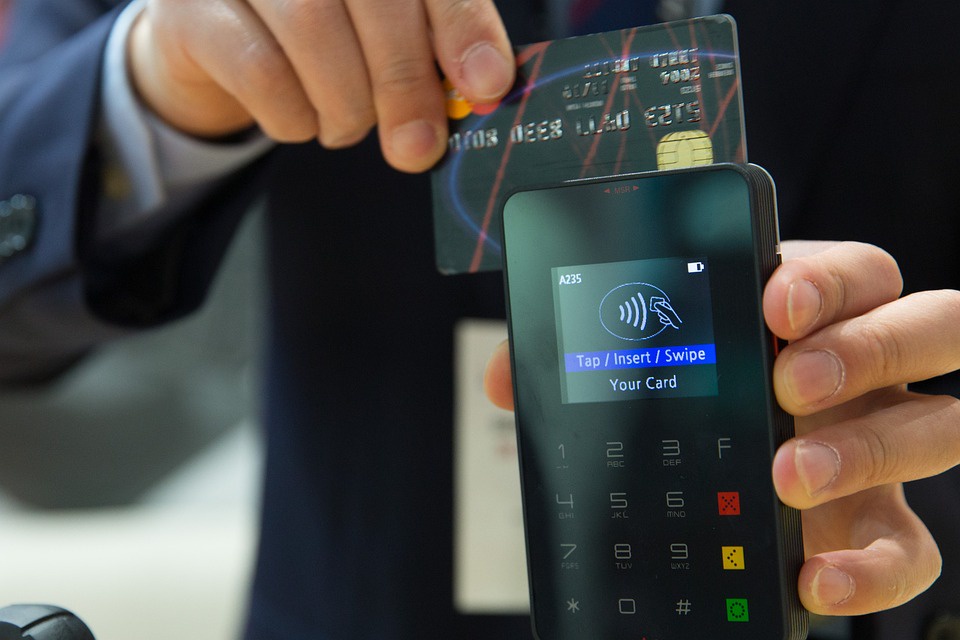Credit card processing is the behind-the-scenes process that merchants use to accept and authorize credit card payments from customers. It includes everything from the initial swiping of the card to the final transfer of funds from the customer’s bank to the merchant’s account.
The entire process can be completed in a matter of seconds, but there are a lot of different steps and players involved in making it happen. In this guide, we’ll give you a detailed overview of how credit card processing works, from start to finish.
How Does Credit Card Processing Work?
There are four main parties involved in credit card processing: the merchant, the customer, the customer’s bank, and the credit card processor.
The Merchant
The merchant is the business owner who wants to accept credit card payments from customers. In order to do this, the merchant must have a merchant account with a credit card processor.
A merchant account is basically a type of bank account that allows businesses to accept credit card payments. The account is set up through a credit card processor, which we’ll talk more about in a minute.
The Customer
The customer is the person who wants to make a purchase with their credit card. In order to do this, the customer must have a credit card issued by a bank or financial institution.
The Customer’s Bank
The customer’s bank is the financial institution that issued the credit card to the customer. This bank is also known as the issuing bank.
The Credit Card Processor
The credit card processor is a company that helps merchants accept credit card payments from customers. The processor facilitates the transfer of funds from the customer’s bank to the merchant’s account.
The processor is also responsible for charging the merchant a fee for each credit card transaction. This fee is called the “merchant discount rate,” and we’ll talk more about it later on.
Now that we’ve introduced the four main parties involved in credit card processing, let’s take a closer look at how the process works.
The Steps of Credit Card Processing
There are four main steps in the credit card processing cycle: authorization, clearing and settlement, funding, and chargebacks.
Authorization
The first step in the credit card processing cycle is authorization. This is when the customer swipes their credit card at the point of sale (POS) and the merchant submits an authorization request to the credit card processor.
The processor then sends the request to the customer’s bank to see if the funds are available to cover the purchase. If the answer is yes, the bank will approve the transaction and send an authorization code back to the processor.
The processor then passes the authorization code on to the merchant, letting them know that the transaction has been approved. At this point, the customer can complete their purchase.
Clearing and Settlement
The next step in the credit card processing cycle is clearing and settlement. This is when the credit card processor sends the merchant’s batch of credit card transactions to the customer’s bank for payment.
The bank will then deduct the purchase amount from the customer’s account and send the funds to the processor. The processor will then deposit the funds into the merchant’s account, minus the processing fees.
This process usually takes a few days to complete. Once the funds have been deposited into the merchant’s account, the transaction is considered “settled.”
Funding
The final step in the credit card processing cycle is funding. This is when the merchant receives the funds from the customer’s bank, minus the processing fees.
The funding process usually takes a few days to complete. Once the merchant has received the funds, the transaction is considered “complete.”
Chargebacks
A chargeback is when a customer disputes a credit card transaction with their bank. The bank will then investigate the transaction and, if they find that the customer is in the right, they will refund the purchase amount to the customer.
The merchant will then be charged a fee by the credit card processor. Chargebacks can be costly for merchants, so it’s important to try to avoid them.
Now that we’ve gone over the basics of credit card processing, let’s talk about how merchant account fees work.
Merchant Account Fees
There are four main types of fees that merchants pay when they accept credit card payments: interchange fees, assessments, processor fees, and gateway fees.
Interchange Fees
Interchange fees are set by the card brands (Visa, Mastercard, etc.) and are paid to the customer’s bank. These fees are a percentage of the transaction amount, plus a fixed fee.
For example, if the interchange fee is 1.5% + $0.10 and the customer buys something for $100, the interchange fee would be $1.60.
Interchange fees are the largest component of credit card processing fees, and they’re non-negotiable.
Assessments
Assessment fees are set by the card brands and are paid to the card associations (Visa, Mastercard, etc.). These fees are a small percentage of the transaction amount, and they’re used to cover the costs of running the card associations.
For example, if the assessment fee is 0.11% and the customer buys something for $100, the assessment fee would be $0.11.
Processor Fees
Processor fees are charged by the credit card processor and are a small percentage of the transaction amount, plus a fixed fee.
For example, if the processor fee is 2.9% + $0.30 and the customer buys something for $100, the processor fee would be $3.20.
Gateway Fees
Gateway fees are charged by the credit card processor and are a small percentage of the transaction amount, plus a fixed fee.
For example, if the gateway fee is 2.9% + $0.30 and the customer buys something for $100, the gateway fee would be $3.20.
Now that we’ve gone over the basics of credit card processing fees, let’s talk about how to choose a credit card processor.


No comments yet